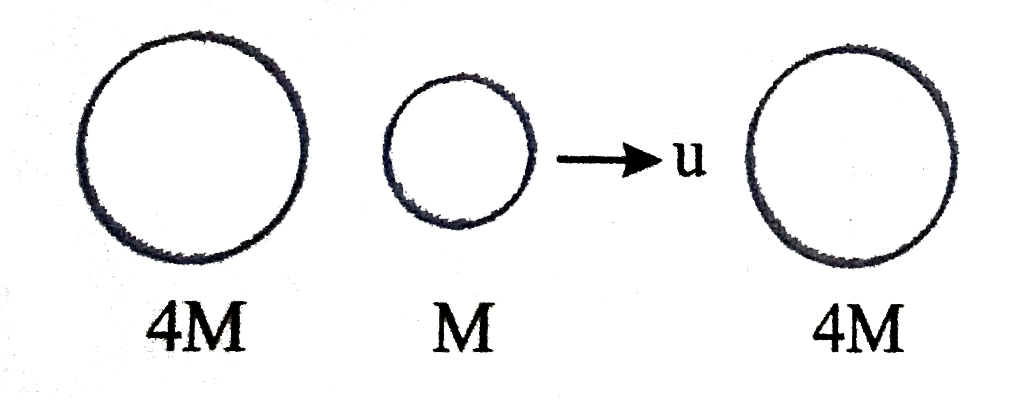Text Solution
Verified by Experts
The correct Answer is:
Topper's Solved these Questions
Similar Questions
Explore conceptually related problems
Knowledge Check
NARAYNA-COLLISION-INTEGER TYPE QUESTIONS
- Two Particle of equal masses 4 M are initially at rest. A particle of ...
Text Solution
|
- Two balls with masses m(1)=3kg and m(2)=5 kg have identical velocity V...
Text Solution
|
- A simple pendalum is suspended from a peg on a verticle wall . The pen...
Text Solution
|
- The friction coefficient between the horizontal surface and each of th...
Text Solution
|
- A small ball of mass 'm' is connected by an intextensible mass less st...
Text Solution
|
- A small particle of mass m = 2 kg moving with constant horizontal velo...
Text Solution
|
- Three identical balls, ball I, ball II and ball III are placed on a sm...
Text Solution
|
- A ball collides at B with velocity 10m//s at 30^(@) with vertical. The...
Text Solution
|
